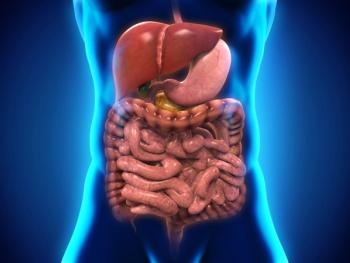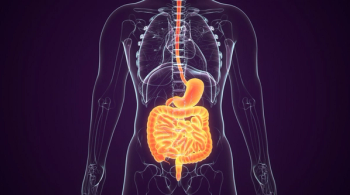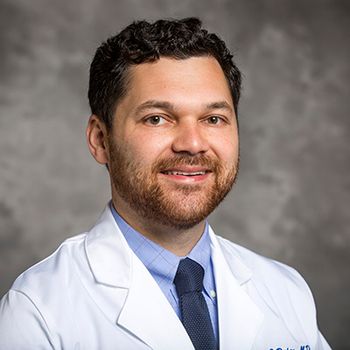
- ONCOLOGY Vol 38, Issue 9
- Volume 38
- Issue 9
- Pages: 335
2024 Statistics May Impact Next Decade of Cancer Treatment
Julie M. Vose, MD, MBA, reviews the rising cancer diagnoses that are estimated to impact 2 million people in 2024.
Estimates published in CA: A Cancer Journal for Clinicians project that more than 2 million people in the United States will receive a new cancer diagnosis in 2024. Of them, 600,000 will die from cancer or complications, according to the annual report on cancer trends by the American Cancer Society.1 Over the past 30 years, the risk of dying from cancer has steadily declined, due to smoking cessation, early detection, and treatment advancements. However, at the same time, cancer incidence is on the rise for certain types of cancers.
In 2024, for the first time, new cases of cancer in the US are expected to cross the 2 million mark. The top 10 most common cancers are breast, prostate, endometrial, pancreatic, kidney, melanoma, lung, colorectal, bladder, and non-Hodgkin lymphoma. Although some cancers are not increasing overall, there are subgroups of these cancers that are, including colorectal cancer in patients 55 years or older, liver cancer in women, human papillomavirus (HPV)–associated oral cancers, and cervical cancers in women aged 30 to 44 years. Early detection in a higher percentage of the population would certainly improve these diagnoses for some of these cancers, such as HPV-associated cervical cancers or colorectal, for example. Many of the cancers that are increasing are also associated with obesity, such as endometrial, liver, colon, and breast cancers. The data also point to racial disparities in early detection; in addition, overall cancer death rates are 19% higher in Black men than in White men, largely due to the number of deaths from prostate cancer. Hispanic patients have one of the highest rates of HPV-associated cervical cancer; it is 35% higher in Hispanic women than White women.
What can we do as hematology/oncology physicians to improve these statistics? Most patients come to us after receiving a diagnosis, not before. However, through the efforts of our cancer centers and professional societies, we can advocate for early detection, community education for screening and prevention of primary or secondary cancers, follow-up of cancer survivors for new cancers, and funding for screening tests for underserved populations. In addition to improving education regarding the need for cancer screening, some of the studies that have shown the greatest improvements in screening were among the subset of interventions that addressed transportation to screening appointments, language interpretation, and affordability.2-4 It is in the best interest of our patients and society to either prevent cancers or diagnose them earlier in the course of the disease when treatments are less intense and outcomes are improved.
By improving our commitment to education, screening, and early detection, we can use our resources wisely to improve prevention as well as offer successful treatments and preventive measures for all malignancies.
References
- Siegel RL, Giaquinto AN, Jemal A. Cancer statistics, 2024. CA Cancer J Clin. 2024;74(1):12-49. doi:10.3322/caac.21820
- Moralez EA, Rao SP, Livaudais JC, Thompson B. Improving knowledge and screening for colorectal cancer among Hispanics: overcoming barriers through a PROMOTORA-led home based educational intervention. J Cancer Educ. 2012;27(3):533-539. doi:10.1007/s13187-012-0357-9
- Mojica CM, Almatkyzy G, Morales-Campos D. A cancer education-plus-navigation intervention implemented within a federally qualified health center and community-based settings. J Cancer Educ. 2021;36(1):152-159. doi:10.1007/s13187-019-01611-5
- Alcaraz KI, Wiedt TL, Daniels EC, Yabroff KR, Guerra CE, Wender RC. Understanding and addressing social determinants to advance cancer health equity in the United States: a blueprint for practice, research, and policy. CA Cancer J Clin. 2020;70(1):31-46. doi:10.3322/caac.21586
Articles in this issue
Newsletter
Stay up to date on recent advances in the multidisciplinary approach to cancer.

















































































